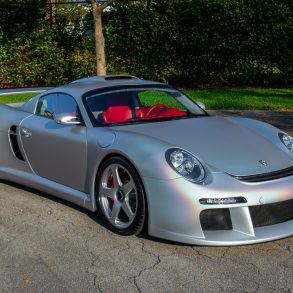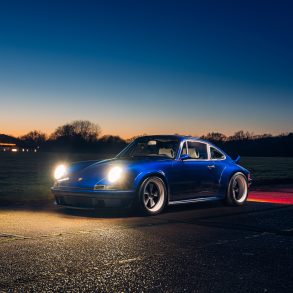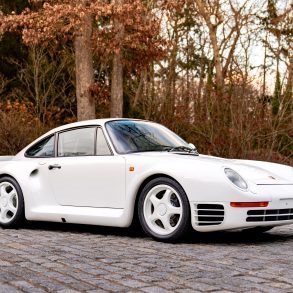Issimi is currently offering two Porsche Racing Prototypes; an extensively campaigned 2007 Porsche RS Spyder and a highly desirable and extensive documented 1967 Porsche 910.
2007 Porsche RS Spyder
The RS Spyder is the first racing prototype since the 1998 Le Mans winning GT1. Similar to its predecessors, it was technically advanced, and it set itself apart as instead of Porsche AG, it was commissioned by Porsche Cars North America and Porsche Motorsports North America specifically for the American Le Mans Series.
Initially, they intended to sell the RS Spyder to privateers, but the plan was set aside.
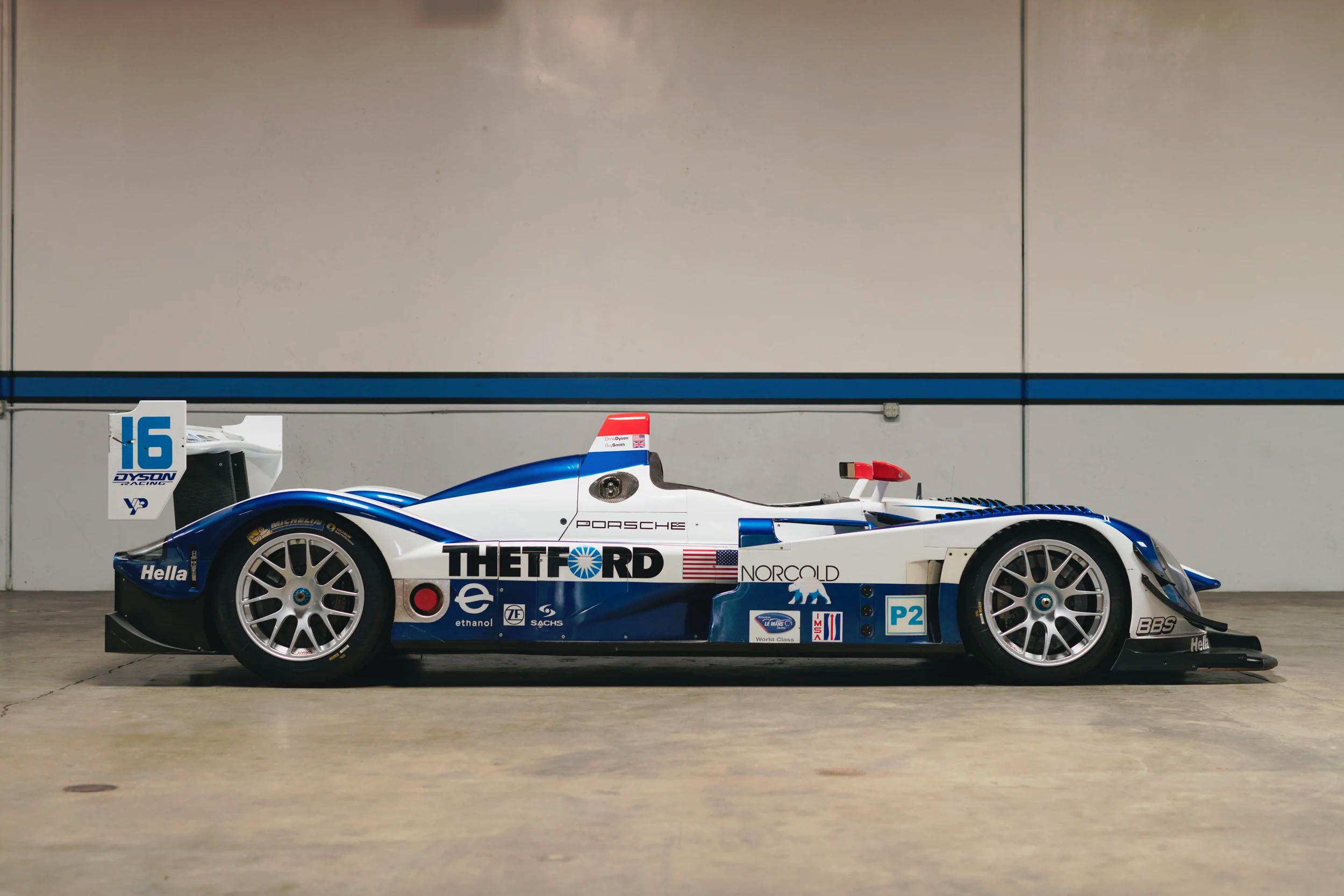
Cutting edge automotive technology was used extensively on the RS Spyder, from its carbon fiber monocoque and bodywork to its naturally aspirated V8 engine and sequential gearbox. The high-revving engine used dry sump lubrication, individual throttle bodies, and can produce almost 150 hp per liter even with a restrictor.
Porsche developed the RS Spyder together with Penske Racing and it was raced in the LMP2 class instead of the LMP1 class which was a strategic decision so that the car is accessible for privateers. This same decision is what made private owners still able to drive the RS Spyder until today. It was around the end of the 2005 season at Laguna Seca that the RS Spyder made its racing debut.
In 2006, it was exclusively raced with Penske in its iconic yellow DHL livery. At this time, other private teams still did not have their cars and were not expecting it until the 2007 season. With its 478 hp engine, the 2006 cars were highly competitive in LMP2 from the start. It easily won the class championship and claiming victory at Mid-Ohio even ahead of the LMP1 class.
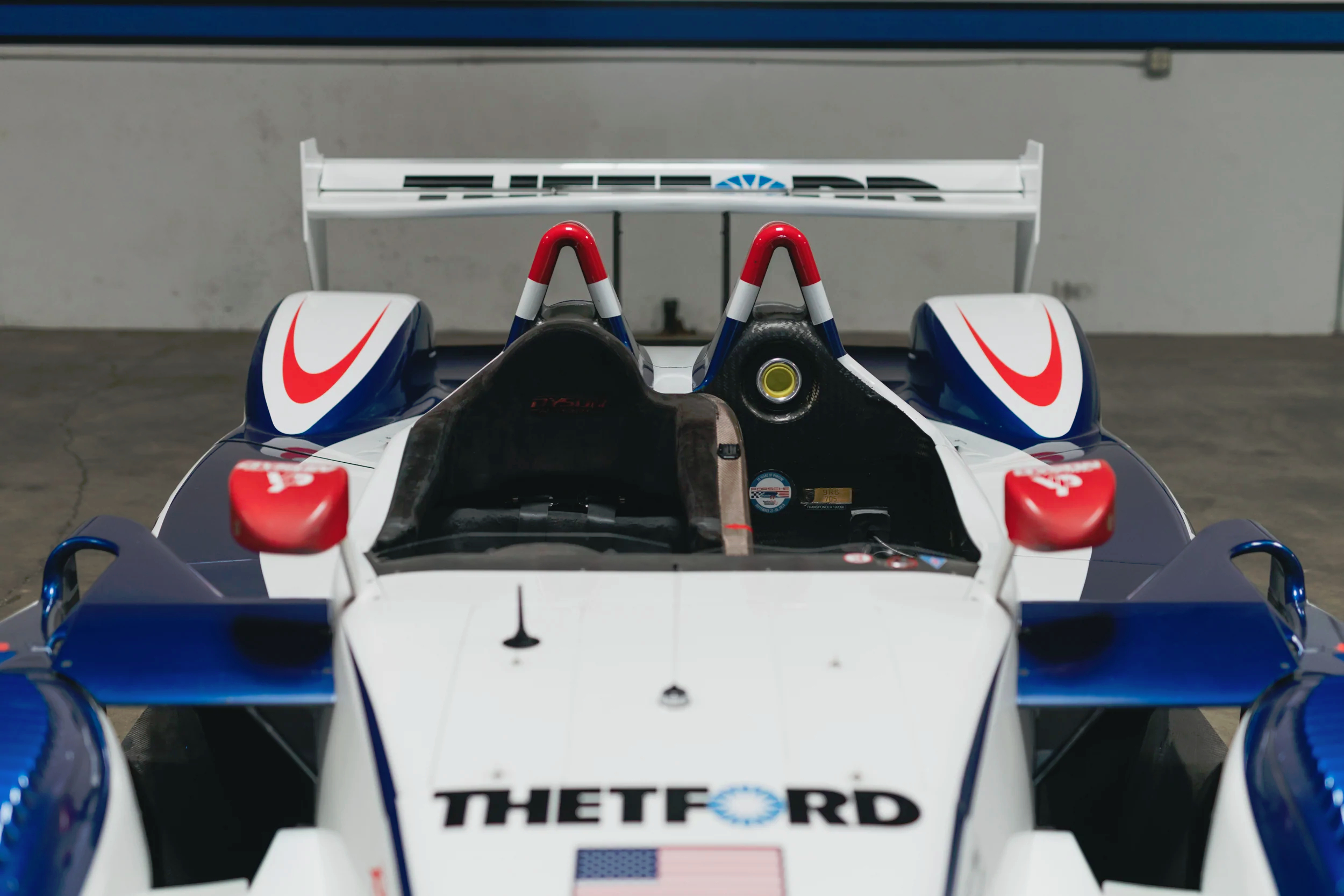
The 2007 model received a significant upgrade and was called the RS Spyder Evo. With a more lithe proportions, there is no single exterior body panel of the 2007 model that can be interchanged with the 2006 model. Its power was increased to 503 hp, with Dyson Racing using the cars to campaign in LMP2, which gave the Penske cars a bit more challenge.
By 2008, Penske bought new cars, while Dyson Racing continued using their 2007 cars. It was also in the same year that the RS Spyder was first seen in European circuits. Swiss team Horag used the RS Spyder testing it at Sebring before they used it to campaign in Europe. It should be noted that in 2008 Sebring, the RS Spyders from Penske and Dyson was able to claim a 1-2 overall finish, beating the LMP1 Audi R10 with its turbocharged diesel V12 engine.

It was also in 2008 that the RS Spyder made its debut at Le Mans. It was able to get tenth overall while claiming victory in LMP2. Even in 2009, it was able to claim victory for the LMP2 class at Le Mans. Rule changes eventually made the cars ineligible to race, but before that, the RS Spyder was able to claim victory at the American Le Mans Series LMP2 class from 2006 to 2008, and in LMP2 in Europe in 2008. These victories made the model one of the most successful race cars from Porsche.
The example, #705, is one of the two Dyson cars. In the 2007 and 2008 series, Chris Dyson and Guy Smith drove the example, participating in a total of 20 races, so it is one of the most extensively raced RS Spyder. #705 was able to complete almost all of the races it entered except for Lime Rock in 2008 when the example was involved in a crash that damaged its monocoque. Since Porsche was really invested in the success of the cars in ALMS, they air-freighted a replacement monocoque. The engineers did as much of the pre-work that they could like installing wiring harness, hydraulic lines, plumbing, and electronics. For the other crash-damaged components, the team in Germany put together a spares package to replace them.
It was nothing short of a miracle what the Dyson team accomplished in building the car and retubbing it in time for the first session at Mid-Ohio the following weekend. The accomplishment was praised so much at the time, and until today, it is still one of the most celebrated turn-arounds in modern racing.

By the end of 2008, #705 was returned to Porsche after it completed its racing duties with Dyson. It was then displayed at the Porsche Museum until 2012. It was then brought back to active duty as a pit stop practice car by the crews at Weissach to prepare them for the upcoming 919 and Porsche’s return to prototype endurance racing.
A representative of the current and only private owner saw the car at Weissach and started negotiations to purchase it. Part of the sale included a promise to restore the example to factory specifications. In December 2013, the sale was completed and #705 was then brought to Virtuoso Performance in California for restoration that lasted two years.
Along with the sale of the car, a significant spares package was also acquired helping #705 to be painstakingly and authentically restored as they worked closely with the factory engineers who worked on #705 in period. They got a correct, fully rebuilt dyno tested engine and gearbox directly from Porsche. #705 was stripped down with every single component inspected and evaluated and replaced if needed. In the end, the car was completely refreshed as if it was going to be entered in a professional race.
Tested and sorted thoroughly, #705 functions perfectly and during its most recent outing in Rennsport 6 Reunion back in 2018, it performed wonderfully.
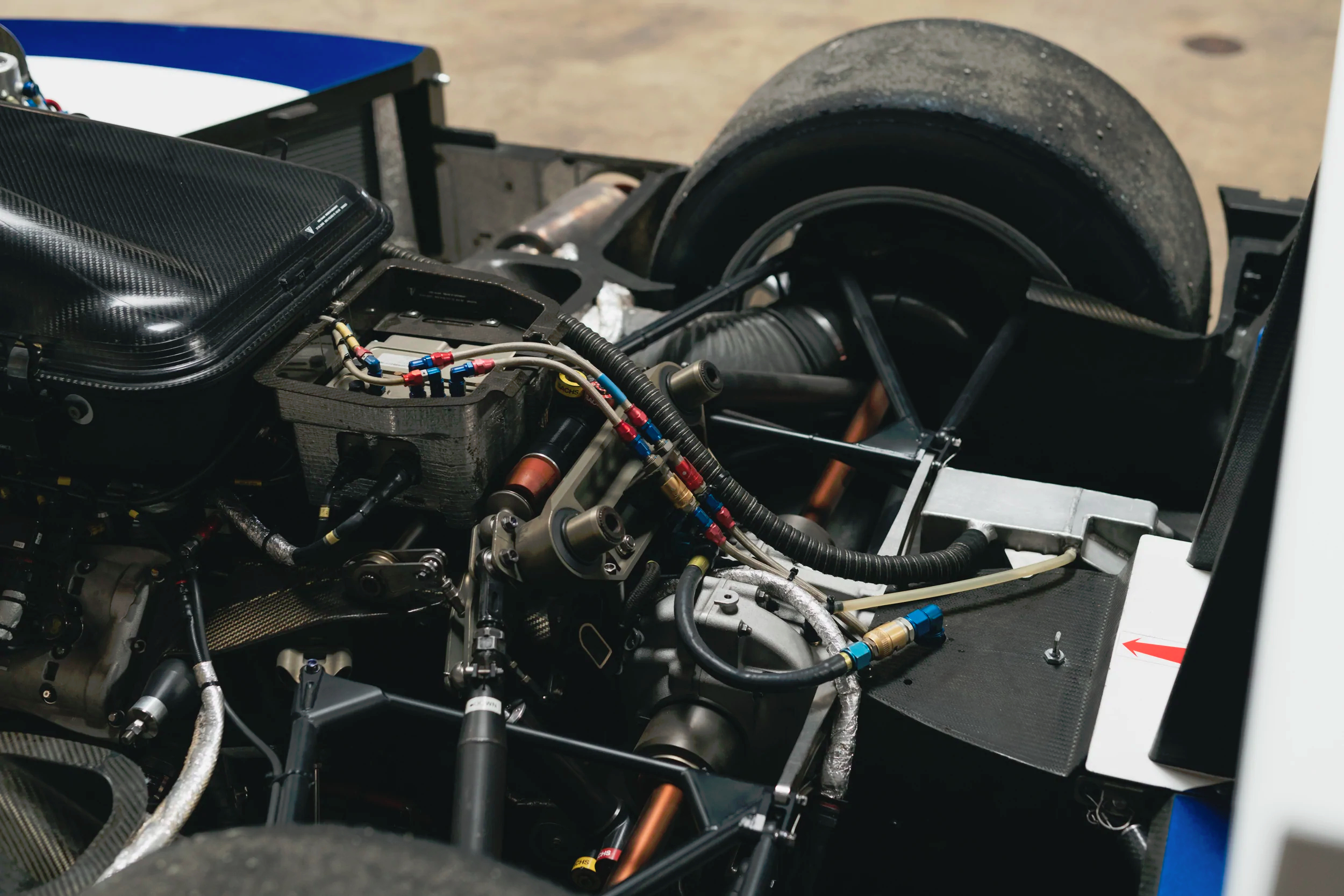
Seven RS Spyders participated in Rennsport, and by the end of the race, only two were left, with #705 as one of them. After the event, the example was inspected and prepared and was back in race ready condition. In the early part of 2019, the example was placed back in long-term storage mode with a specific protocol listed by Porsche and followed to the letter by the current custodian.
The example has been thoroughly documented including its technical information, setup sheets, gearing records, aero settings, and other information related to its restoration. There are also historical, period data from the time Dyson had custody of the example. The sale would also come with a confirmation letter from PNMA, with details regarding the chassis replacement and the car’s history with Dyson.
It is a truly rare chance to acquire a historically significant Porsche Le Mans prototype purchased directly from the company. Asking price for the 2007 Porsche RS Spyder is $6,550,000.
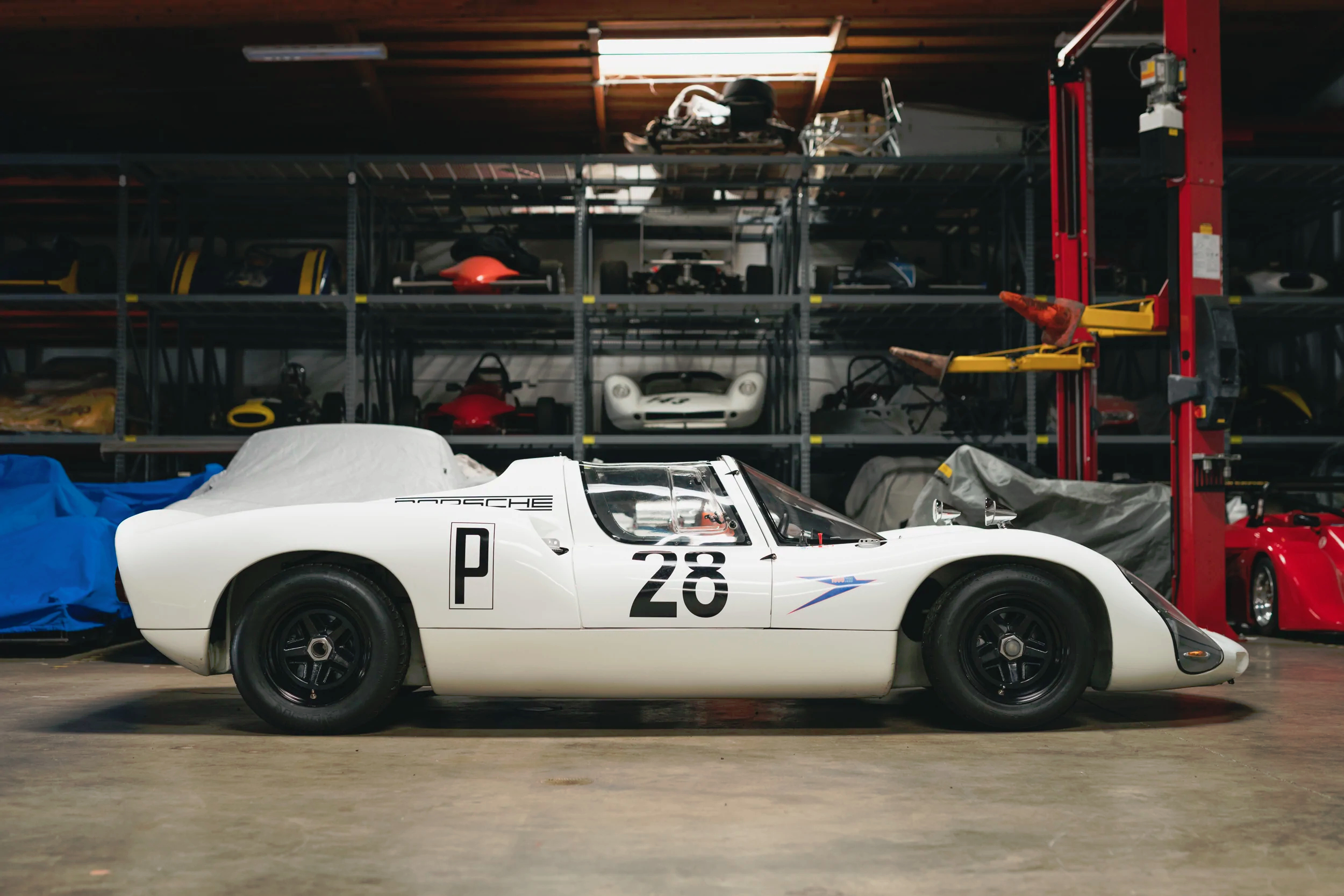
1967 Porsche 910
When 1960s rolled around, Porsche has built a pretty sold reputation for keeping up with and sometimes even getting ahead of much larger cars. It is even more remarkable to know that every car they produced was somehow developed, albeit distantly, from the Volkswagen Beetle.
In 1963, Porsche introduced the 904 GTS and it had a lot of sophisticated features like coil springs and wishbones on a ladder frame with a fiberglass body which was the first on a Porsche. Its successor, the 906 was more innovative and introduced a tubular steel frame which would end up being used in Porsche race cars until 1982 when the aluminum monocoque construction was introduced in the 956.
The 906 was also the first project lead by Ferdinand Piëch, who would eventually become the head of Porsche’s motorsport department leading it towards the successful 917 program. It was in January of 1966 when the 906 made its debut at the 24 Hours of Daytona. It claimed victory in its class, which it was able to repeat throughout the 1966 season, which included the Spa, Monza, Sebring, and the Nürburgring. The 906 was 250 pounds lighter than the 904 and was powered by a 2.0-liter flat-6 which can produce more than 100 hp per liter in race configuration.
During this time, Porsche developed new models almost immediately after they introduced a car, so a new model was launched during the summer of 1966. The new car was the 910 and it set itself apart with some structural changes that drastically improved performance. One of the most noticeable changes was the change from a 5-lug, 15-inch steel wheels to a magnesium center-lock 13-inch wheels, which helped greatly reduce drag due to the lower fender lines, improved visibility, and also helped speed up pit stops. They also improved the chassis giving it a 25% increase in torsional rigidity. The new 910 models were also light, bare going above the minimum FIA weight limit of 1265 pounds for 6-cylinder cars and 1320 pounds for 8-cylinder cars.
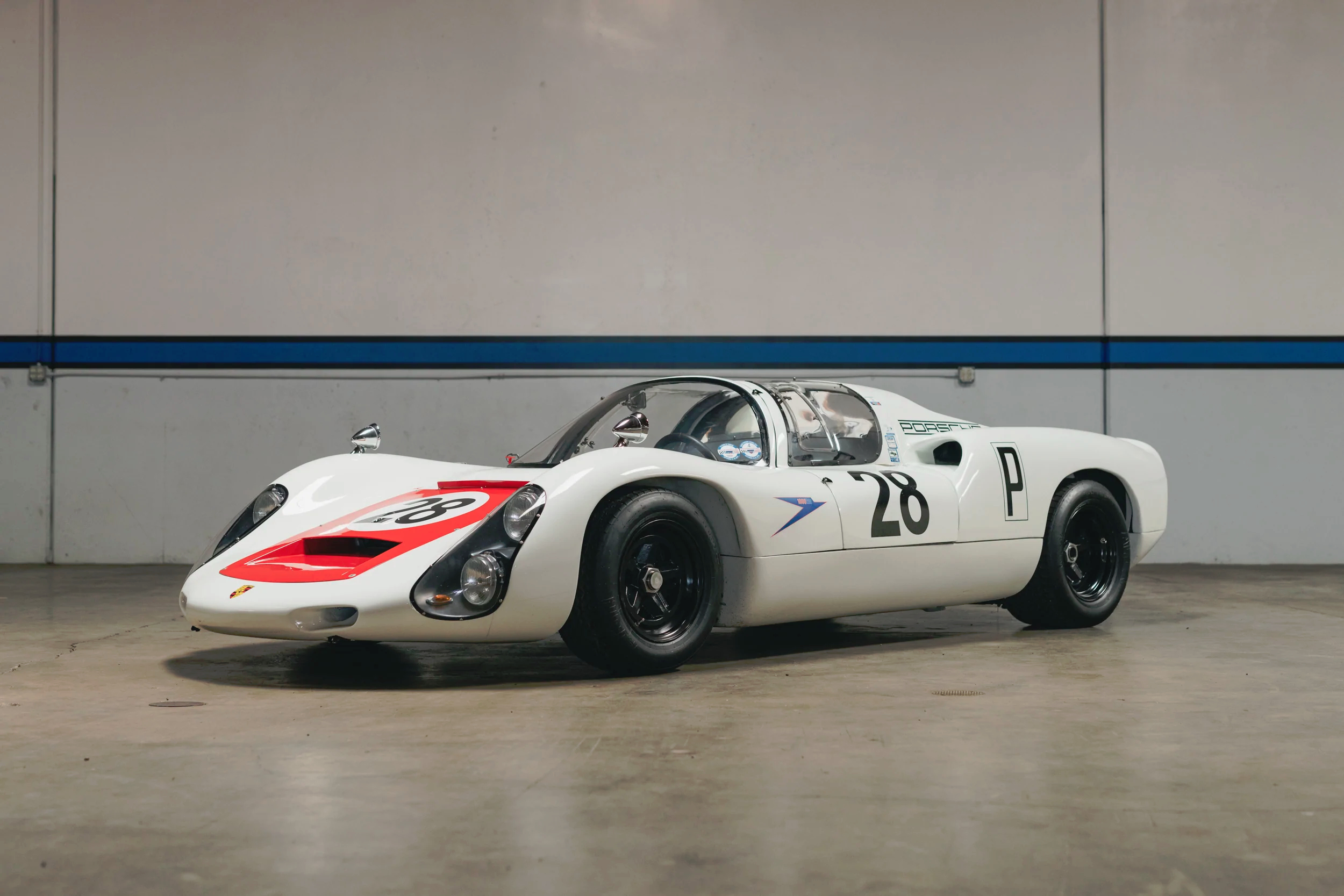
8-cylinder 910s were raced by the factory in shorter events as it is not as durable as the proven 911-based 6-cylinder cars despite being a more powerful car. It was midway through the 1966 season when the 910 was introduced and the cars were primarily used for short hillclimbs. Porsche continued to develop the car until they were durable enough, and eventually, they were used in endurance races in the 1967 season.
Drivers preferred the 910 because they were faster, lighter, and much easier to drive compared to the 906s. They were also easy to control even at the limit which makes it an ideal car for vintage racers no matter their experience level. During its time, they were quite competitive as they completely ruled the 2-liter class. The 910 placed 1-2-3 at the Targa Florio, and also at the Nürburgring in 1967.
The example on offer is serial number 025, so it was one of the later ones produced so it benefitted with a number of updates on the car. One of the most notable upgrades was the widened front and rear tracks to improve roadholding which was introduced only after the 12th 910 was produced.
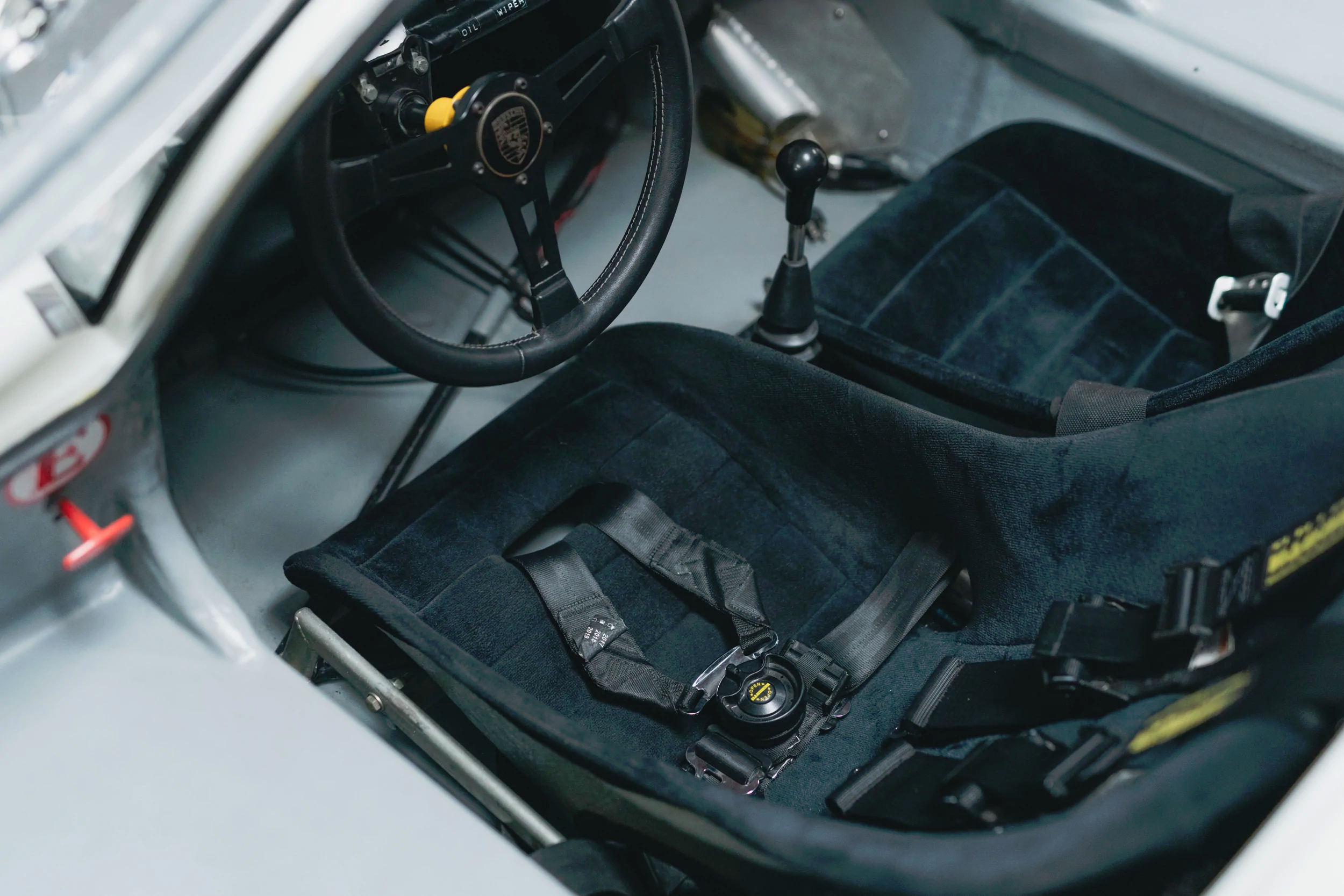
Originally, the example was equipped with a 2.2-liter 8-cylinder engine. It made its debut on May 14, 1967 at the Targa Florio with Gerhard Miller and Colin Davis at the helm under number 226. Unfortunately, on the second lap, it suffered a collision, and it was not able to finish the race. It was repaired and by July 23, it was entered into the Mugello 1000km Grand Prix driven by Gerhard Mitter and Udo Schutz where it won overall.
The example was eventually refurbished by the company and given a 6-cylinder engine. It was then sold in November 1968 to a German privateer Helmut Klocke, who raced the example extensively from 1969 to 1970. Most of the races were in Germany, though some were in other parts of Europe. For the next 25 years, Klocke kept #025 though he eventually sold it to another German in 1996. In 2001, Hall & Hall in England was tapped to restore the example, and more recently, it was done by Virtuoso Performance in California. Virtuoso Performance also did the setup and support for the car in vintage events in the United States including events at Laguna Seca and the Sonoma Raceway. Its more recent racing activities include Le Mans Classic, Spa, and Nürburgring. Its current owner has kept #025 for the last 11 years and it has been kept in turnkey race-ready condition.
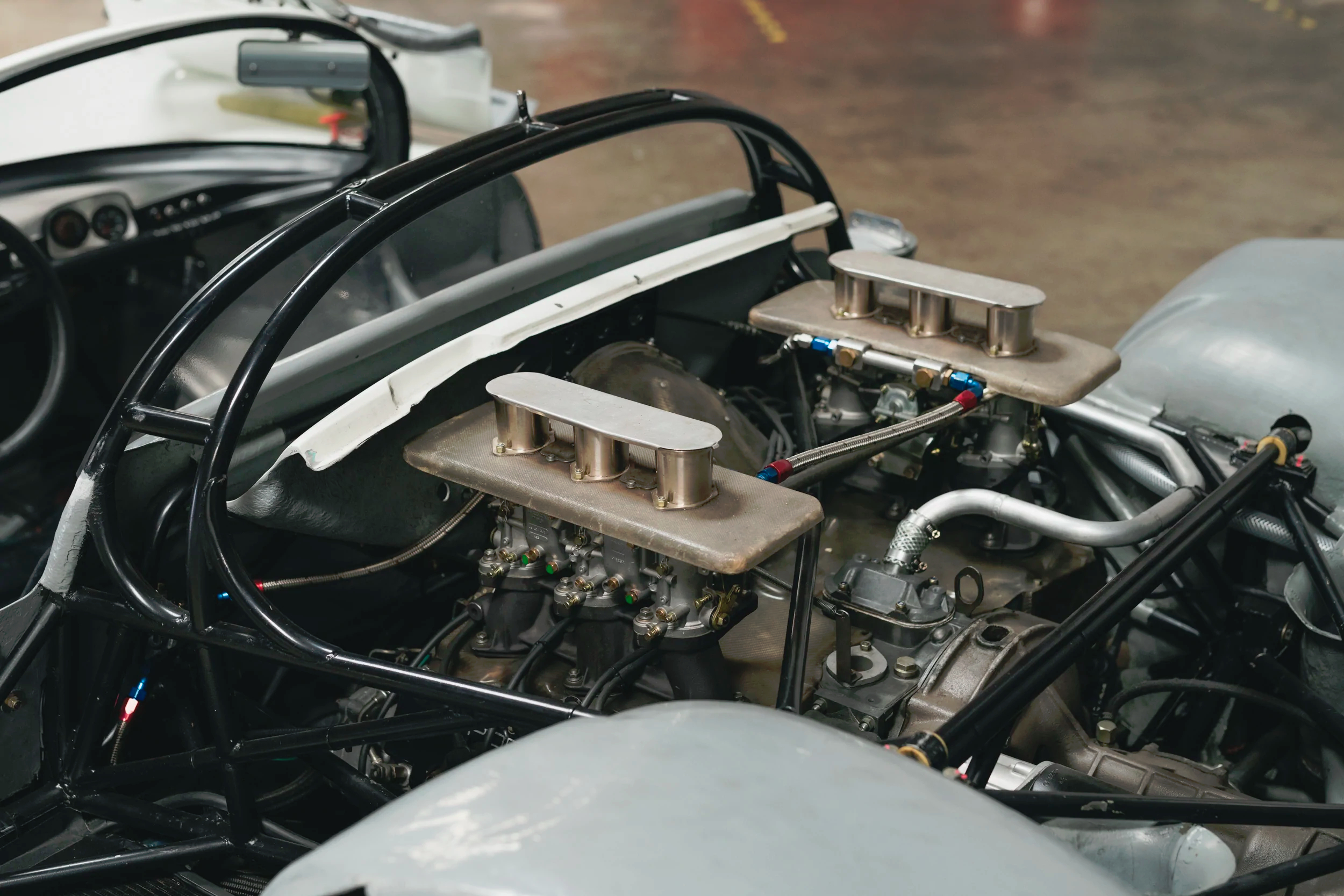
The sale would come with extensive correspondence with Jurgen Barth confirming the history of the example, supporting documents, period photos at races, technical documents from Porsche AG, original 910 owner’s manual, internal Targa Florio results document from Porsche, and even invoices from the restoration, maintenance, and preparation of the car. There are also a variety of magazine issues wherein the example was featured, as well as three sets of FIA papers issued at different times during the car’s vintage racing career.
The 1967 Porsche 910 is offered by Issimi, with the seller asking for $3,250,000.







